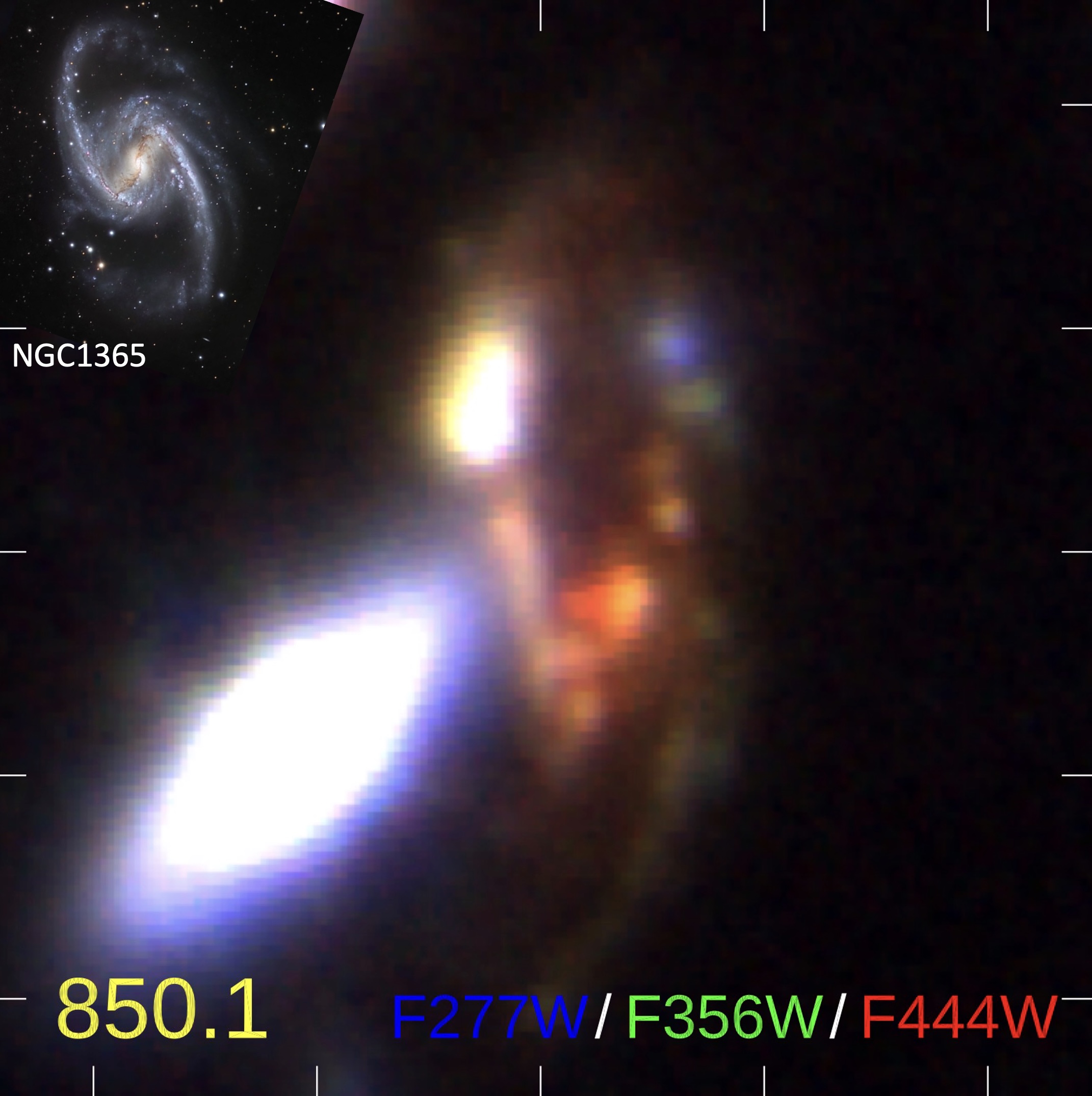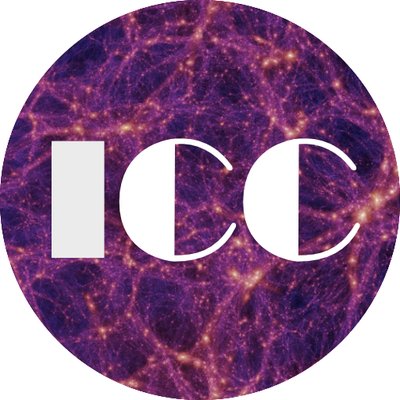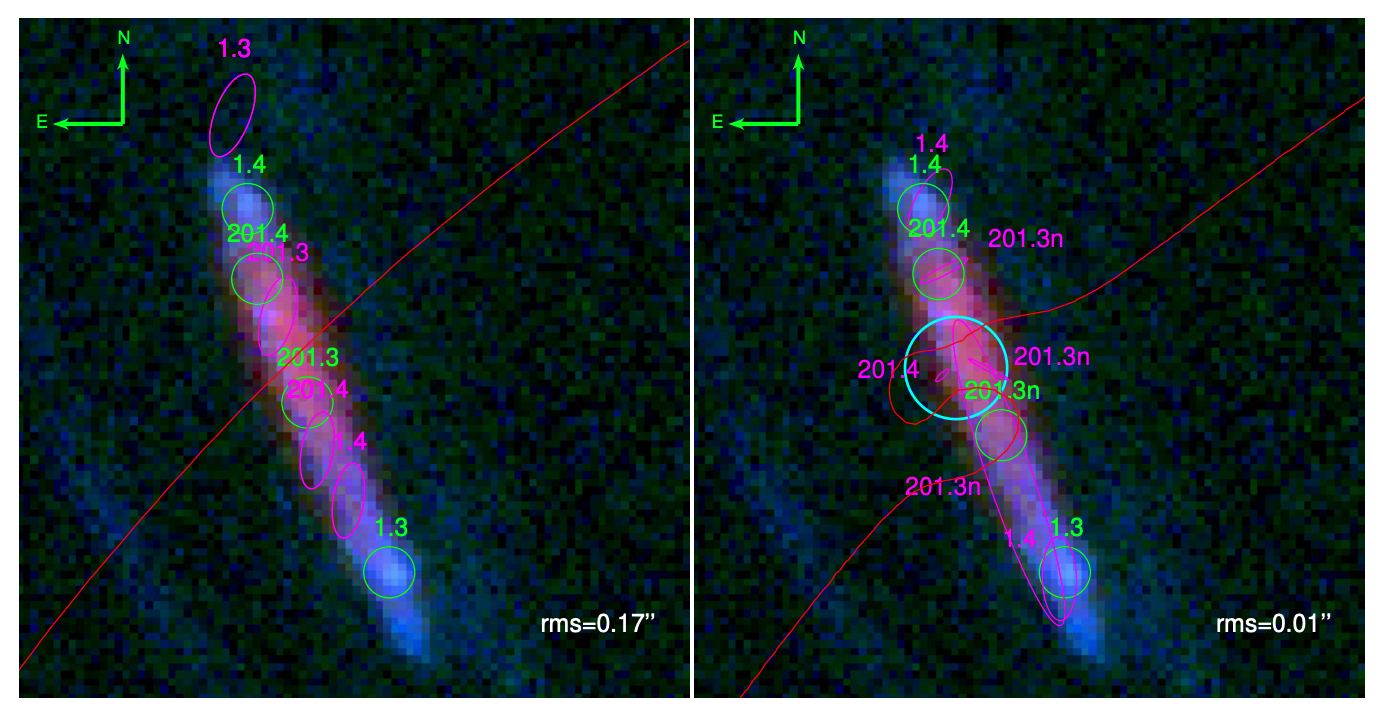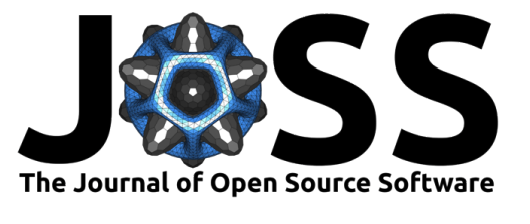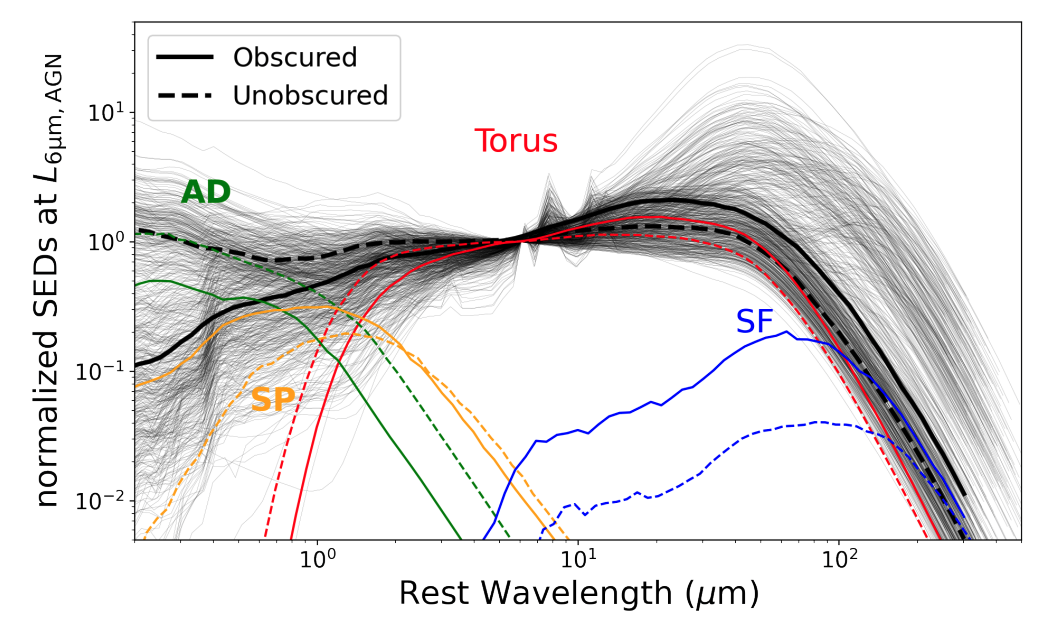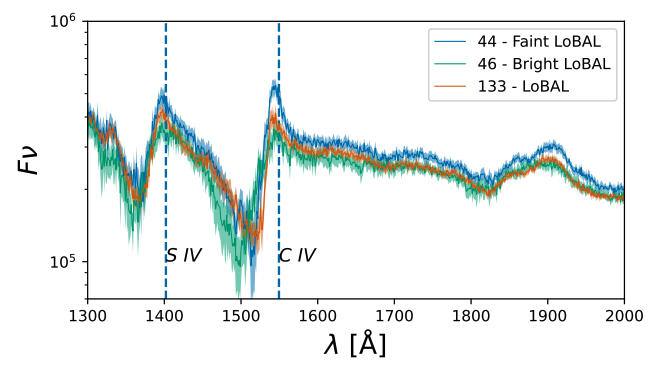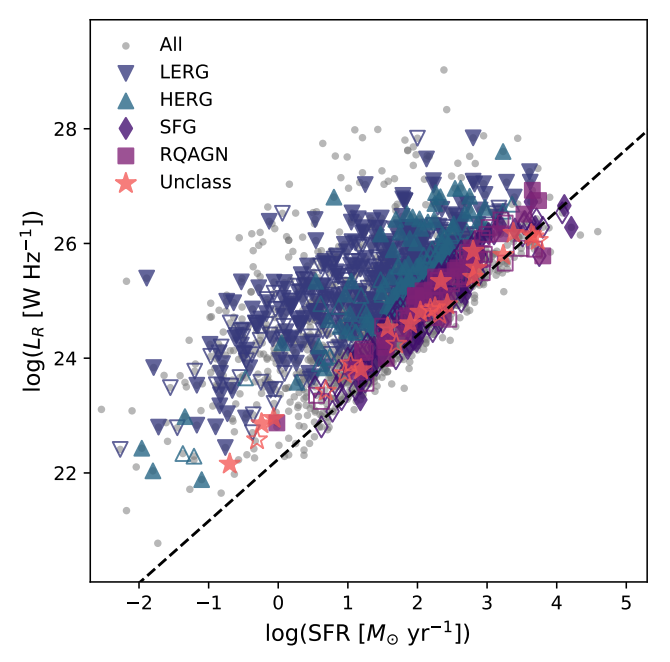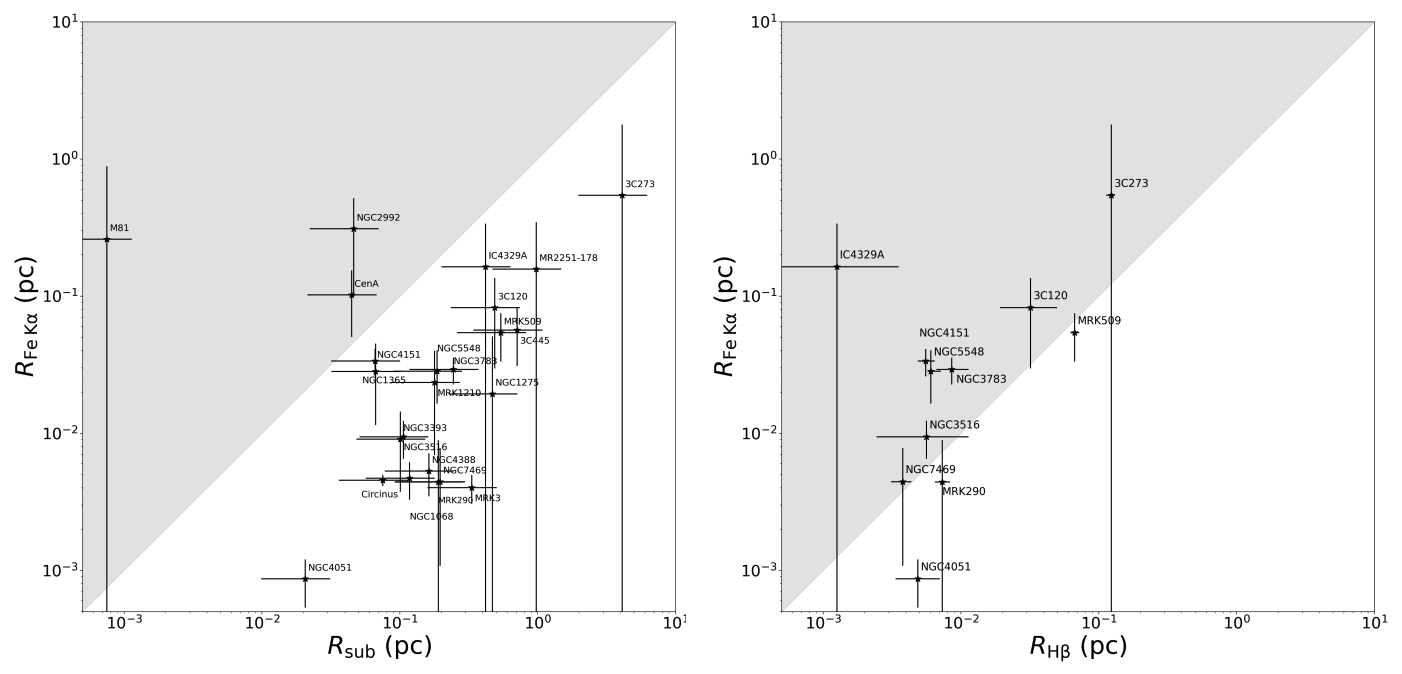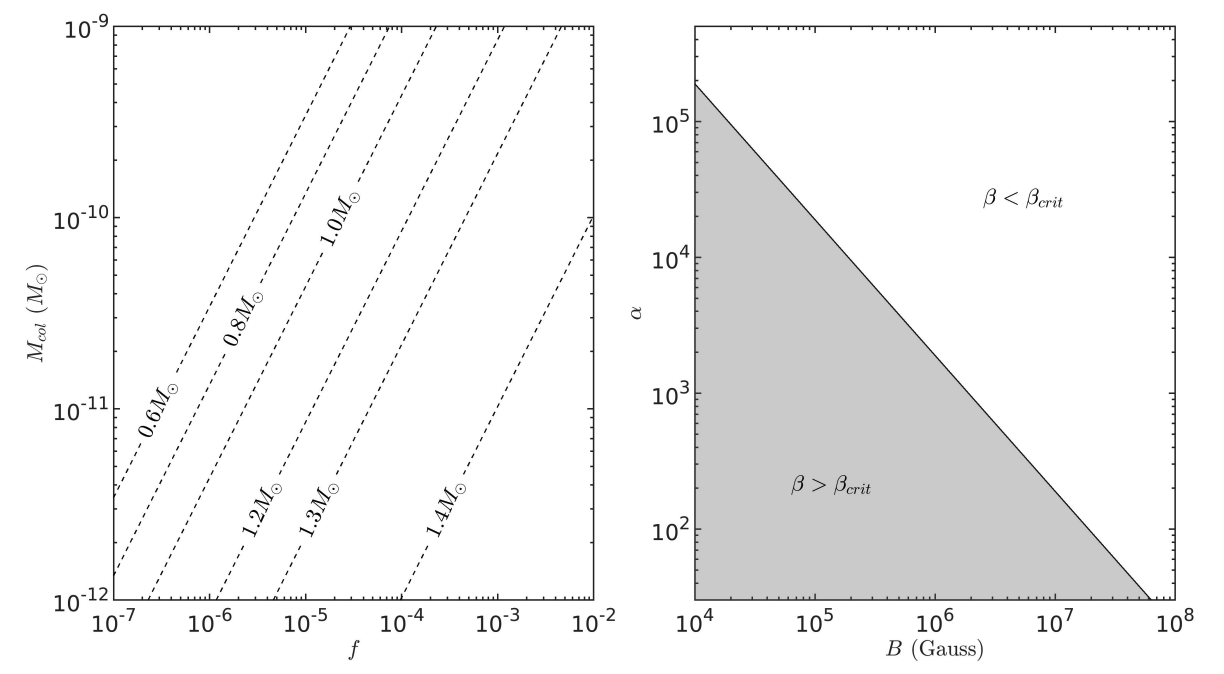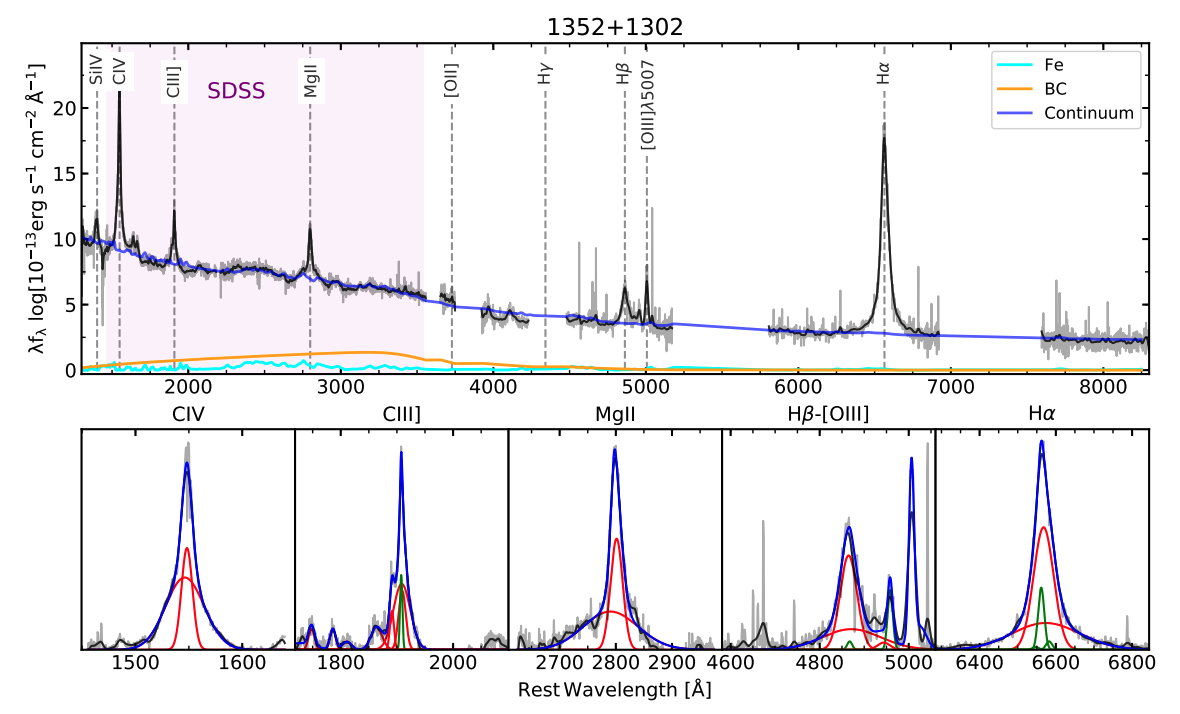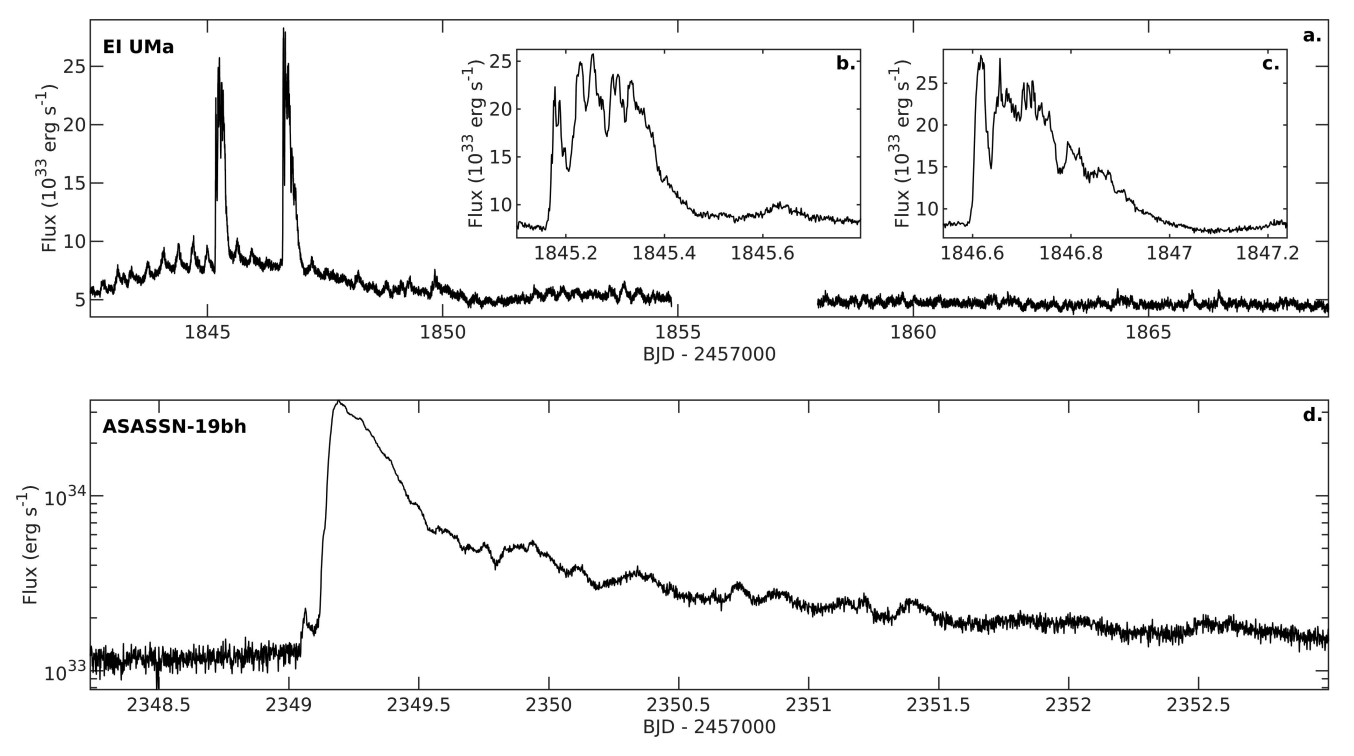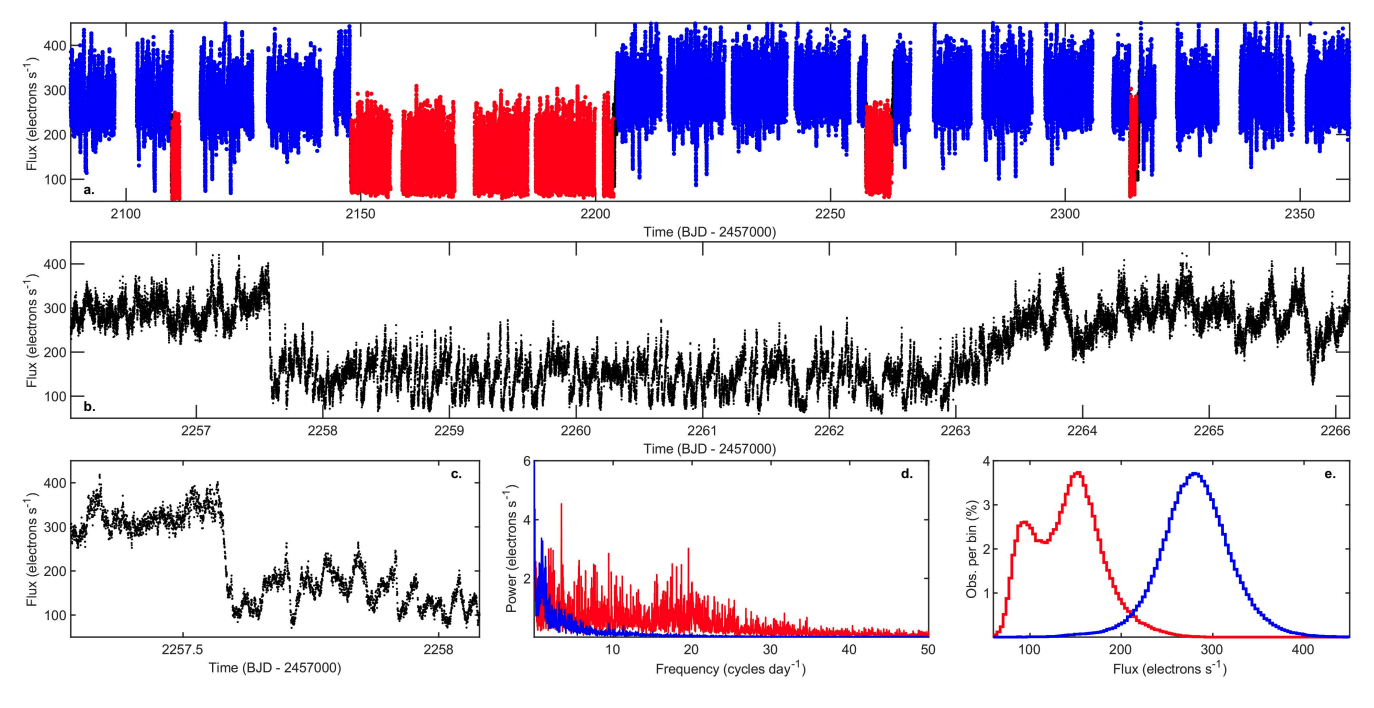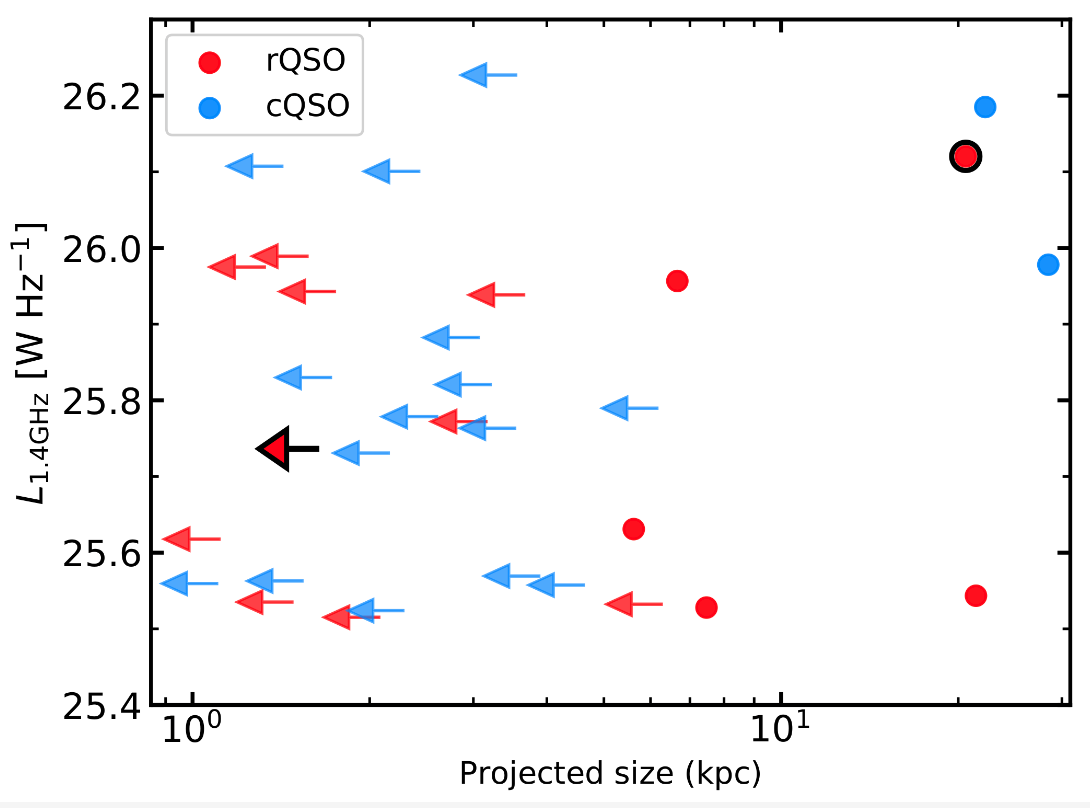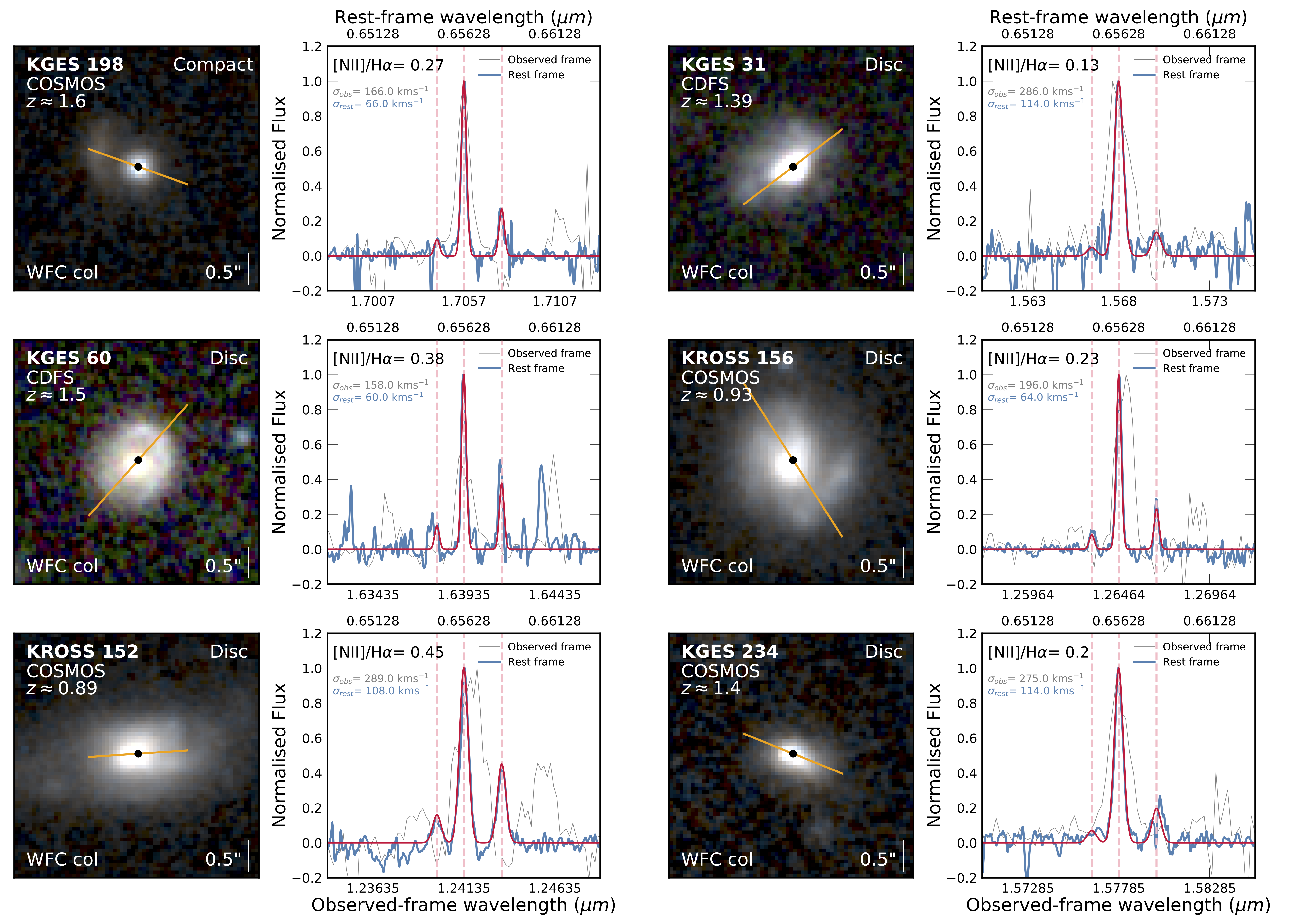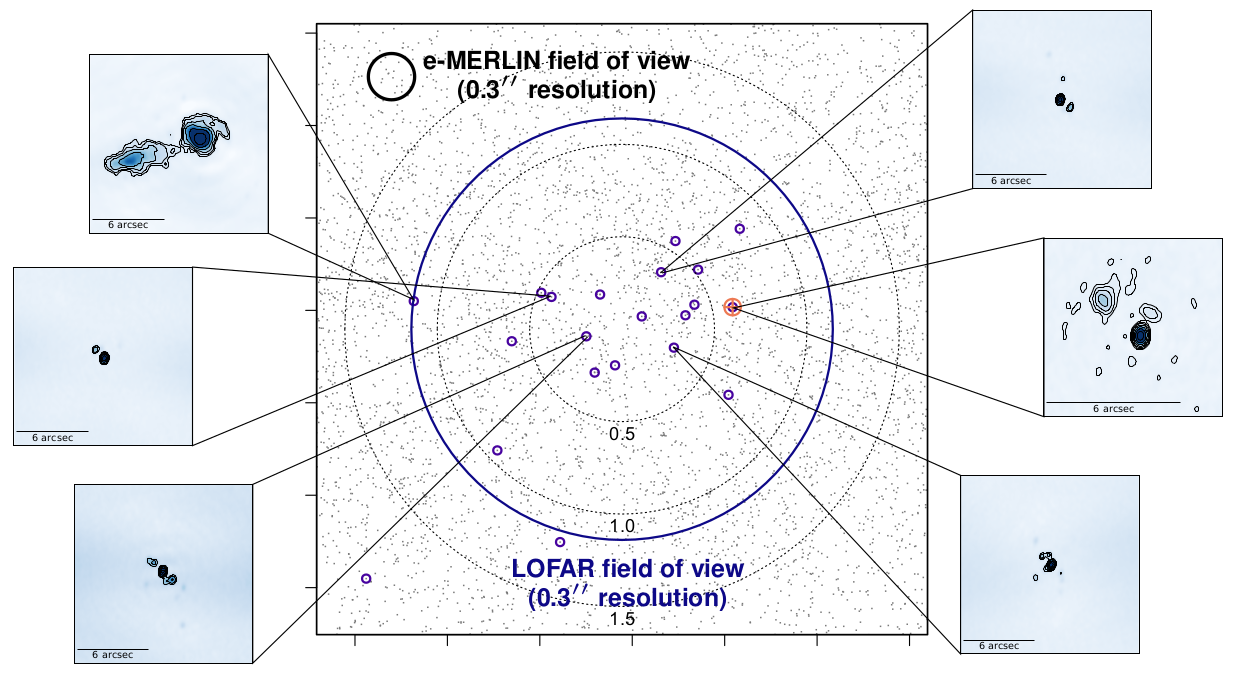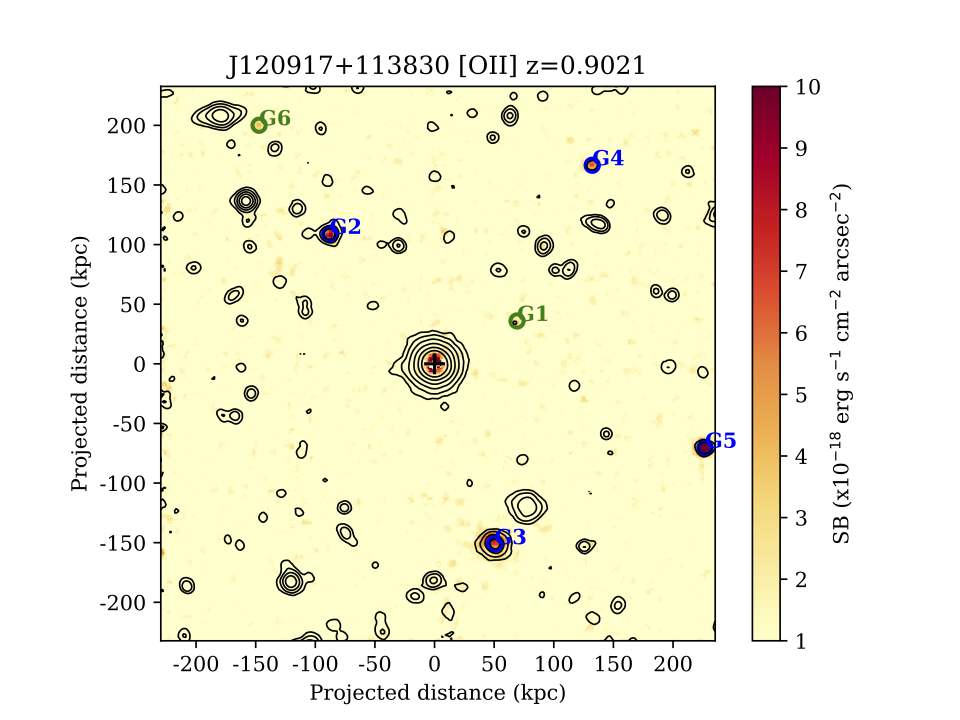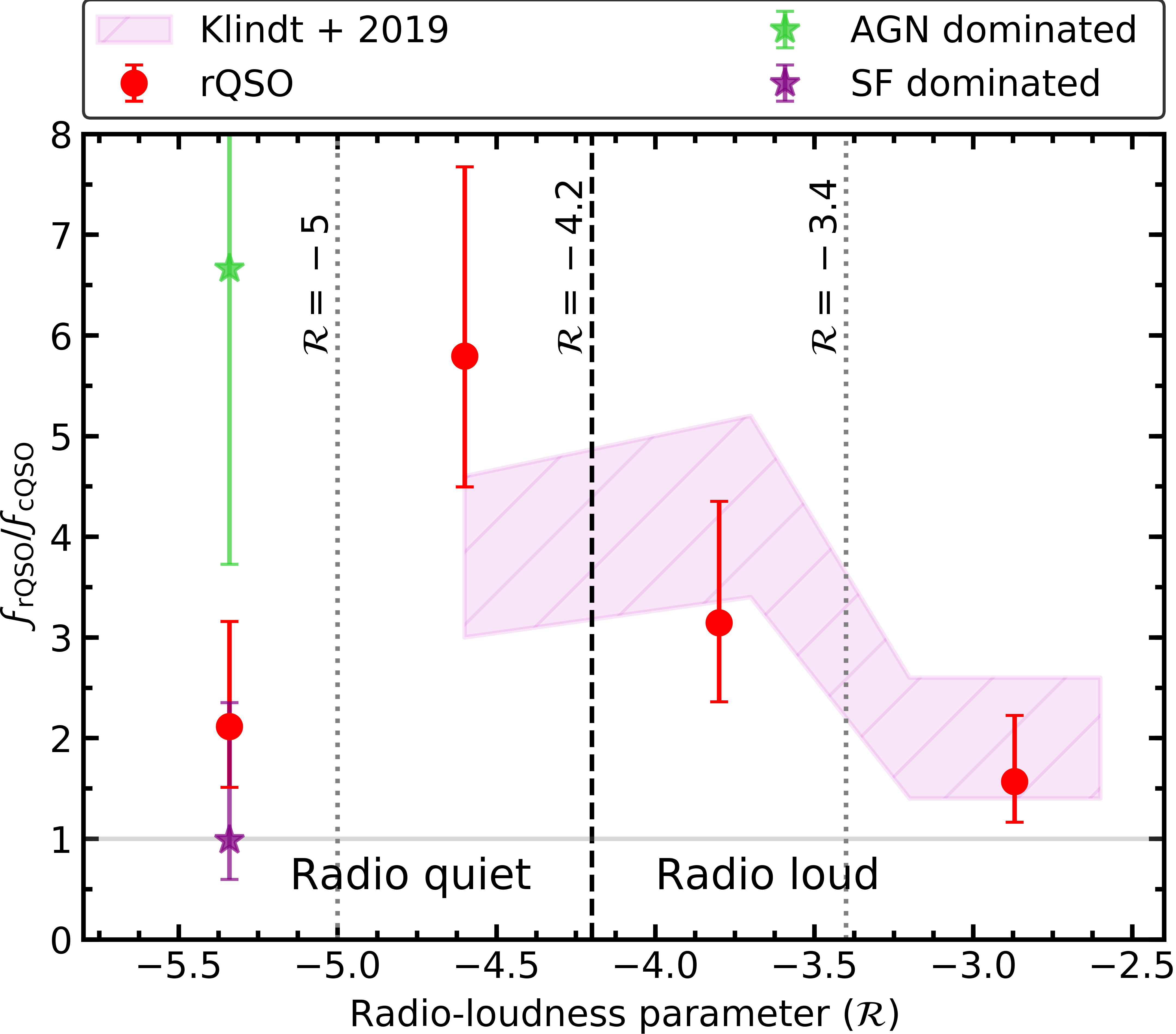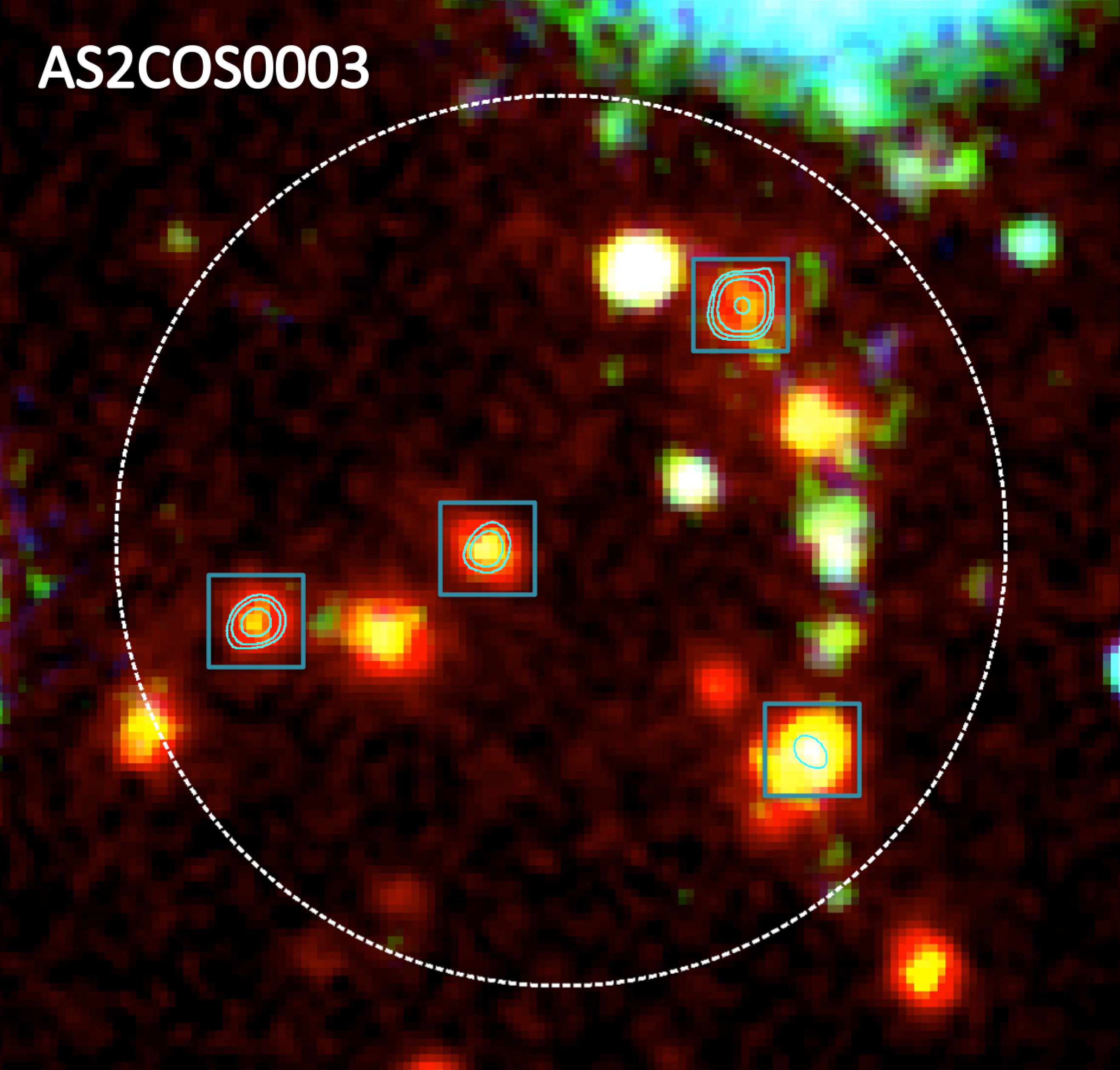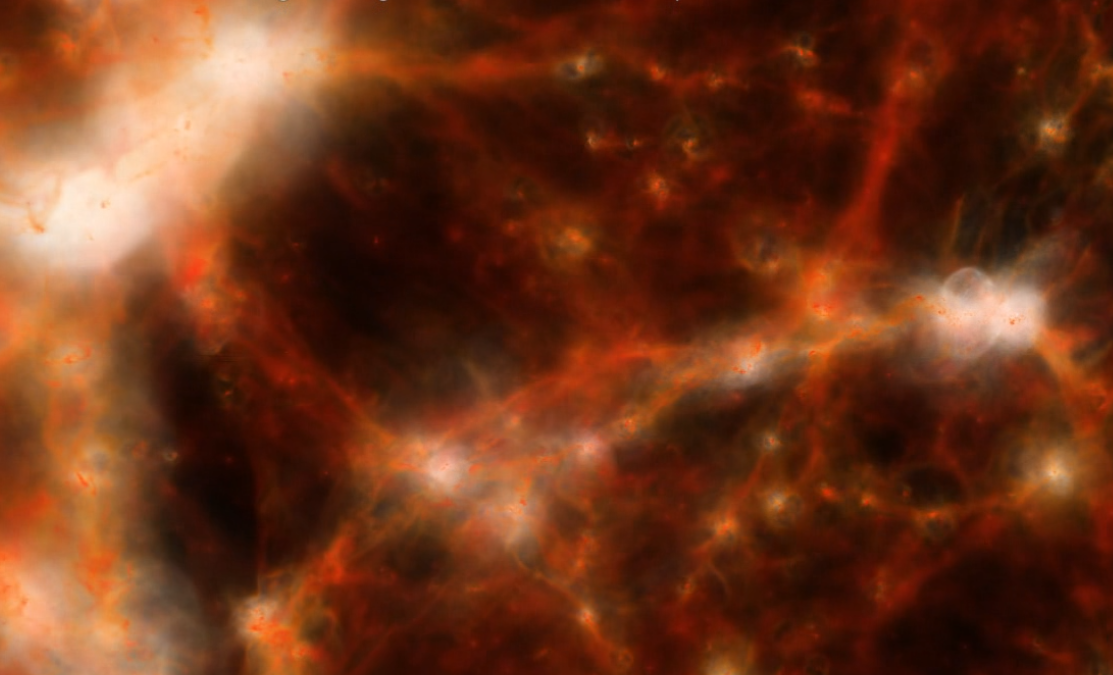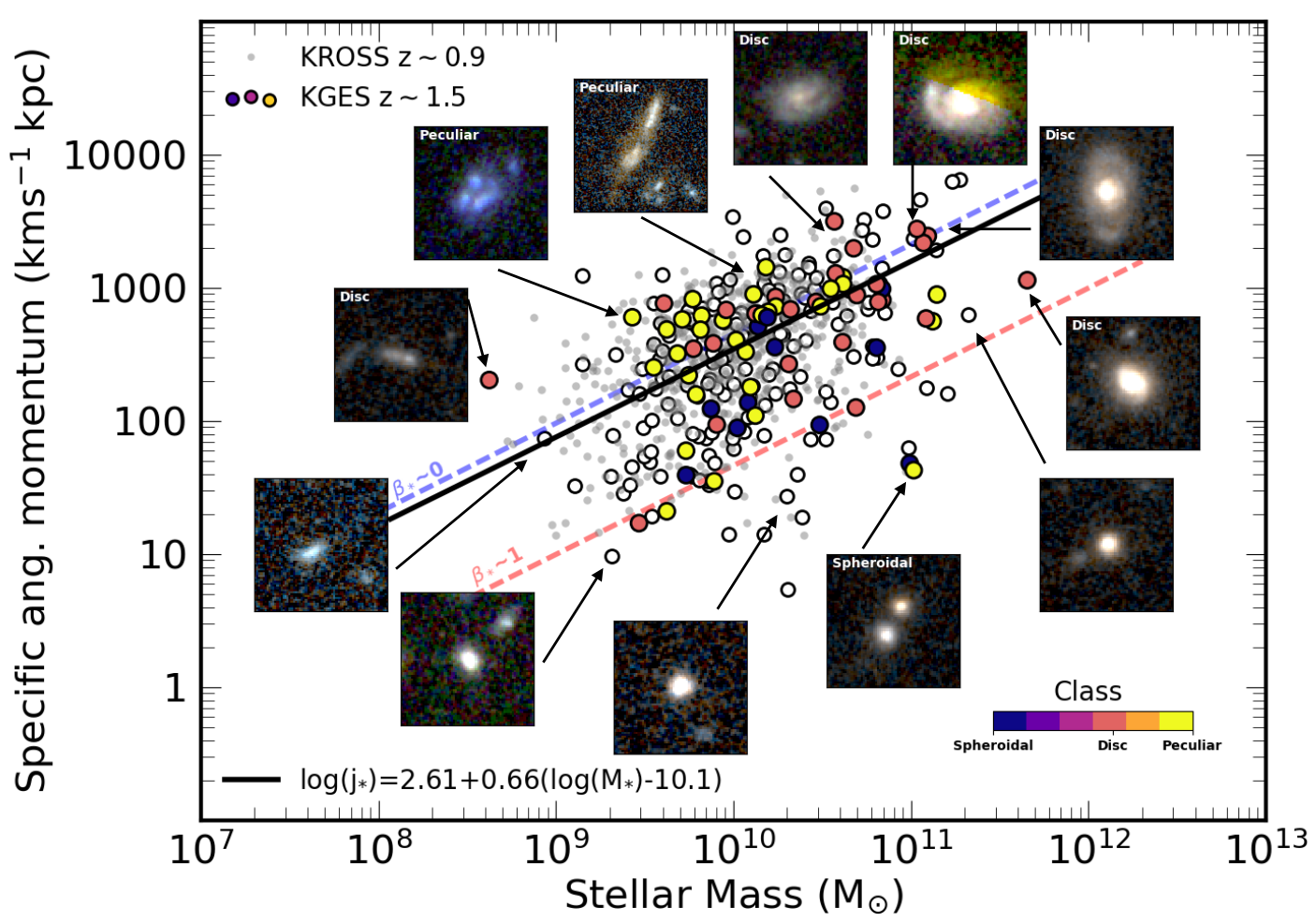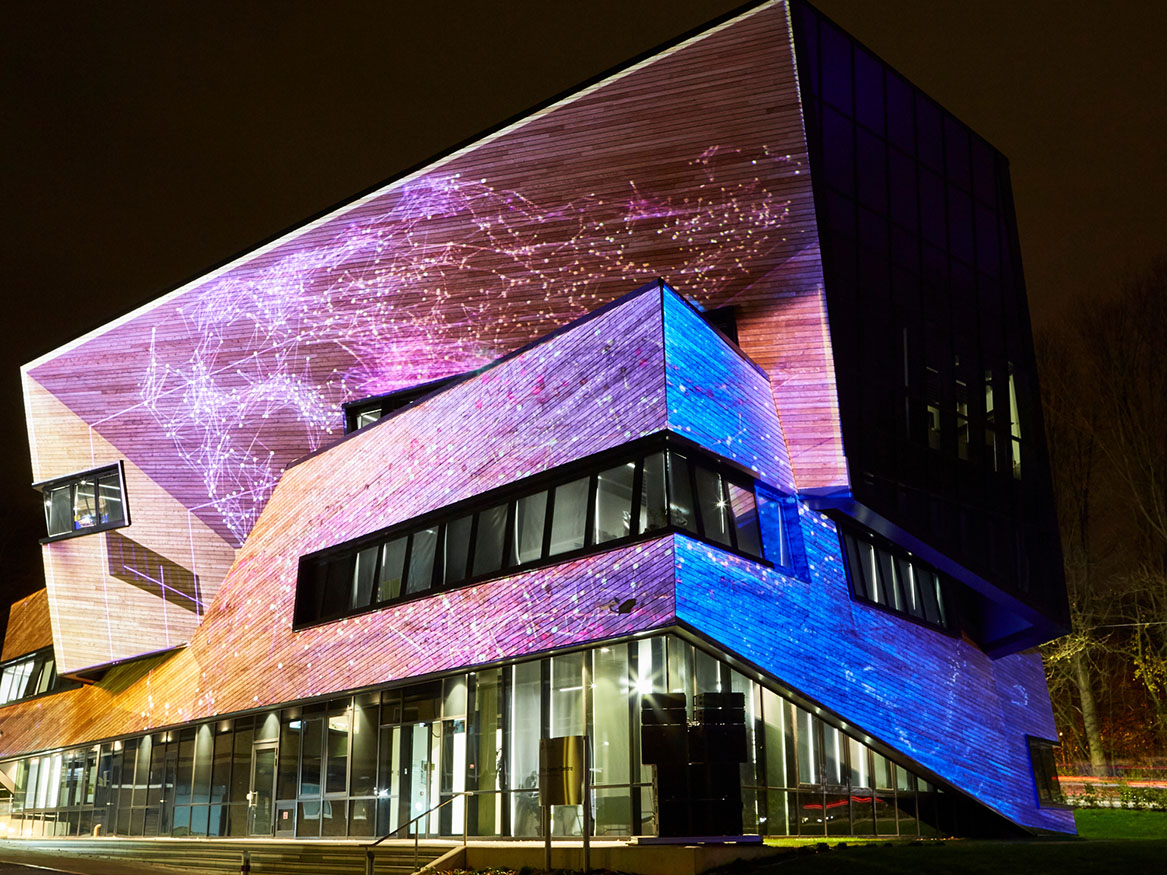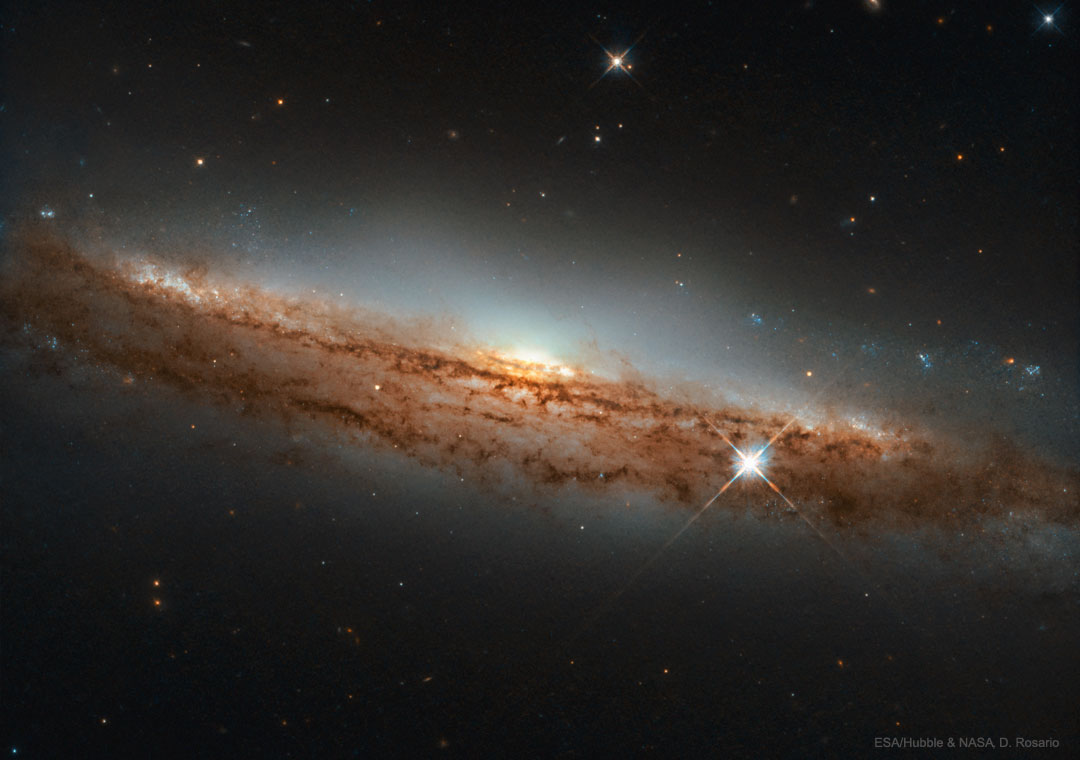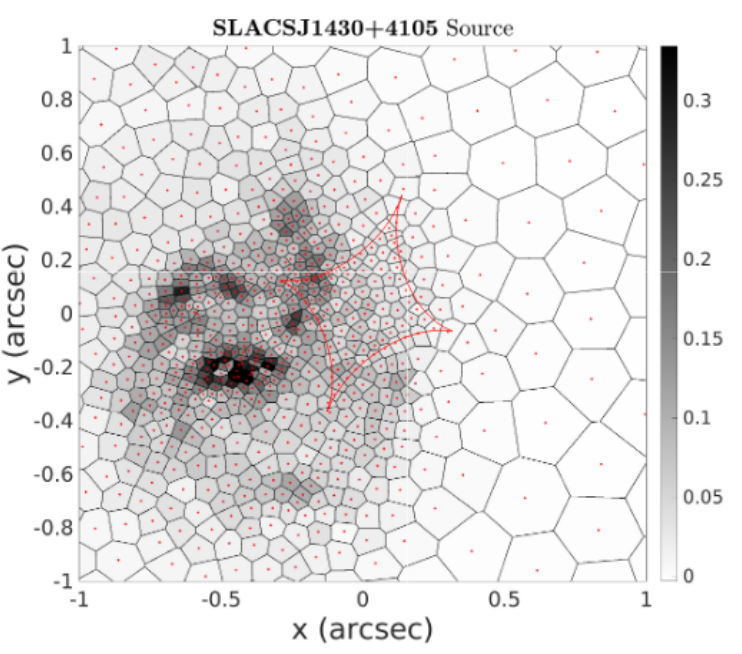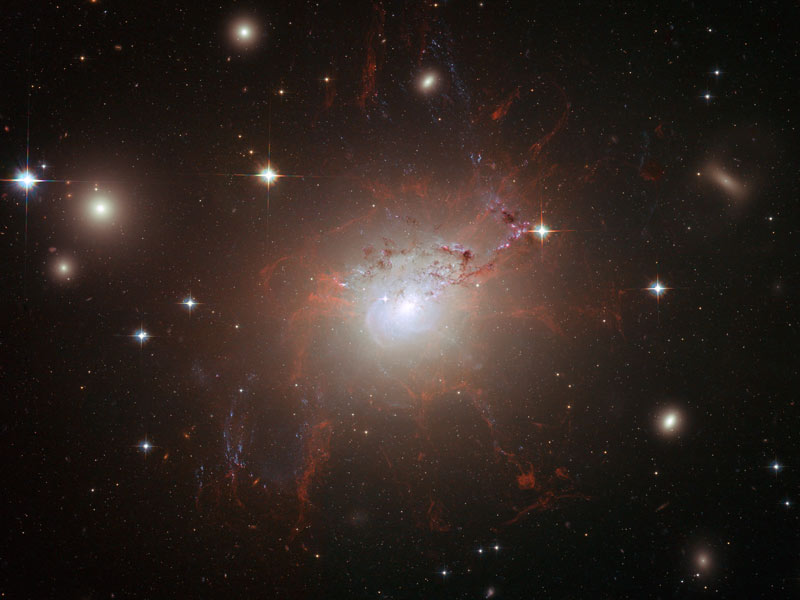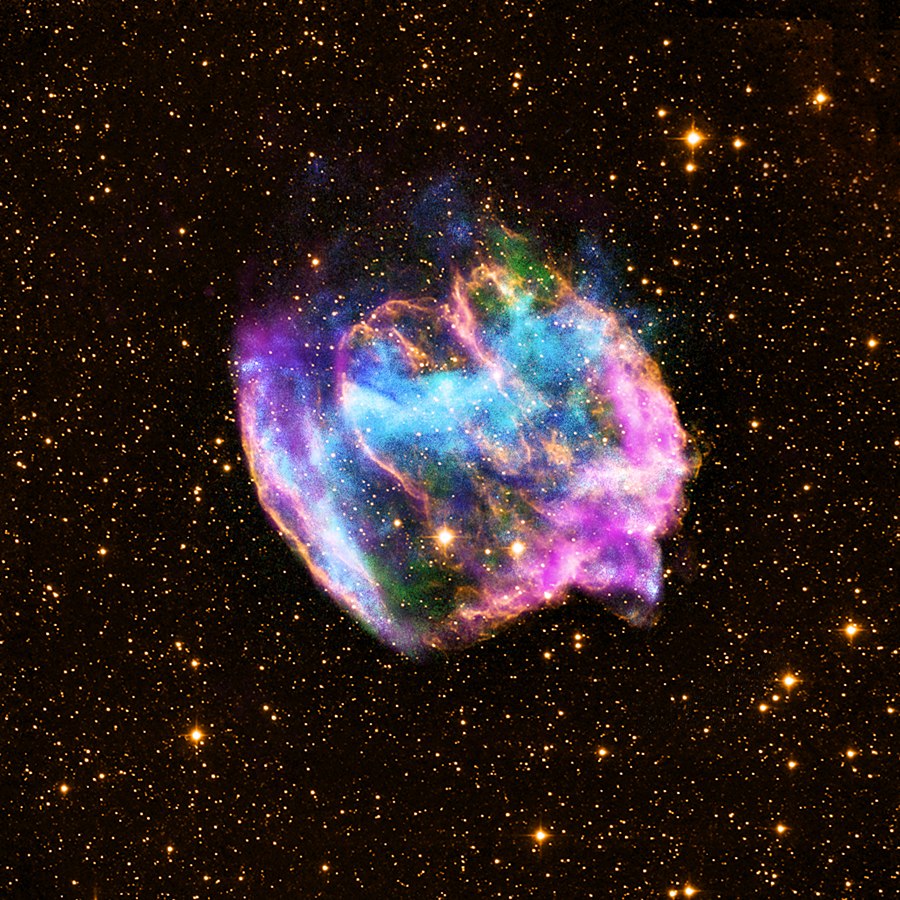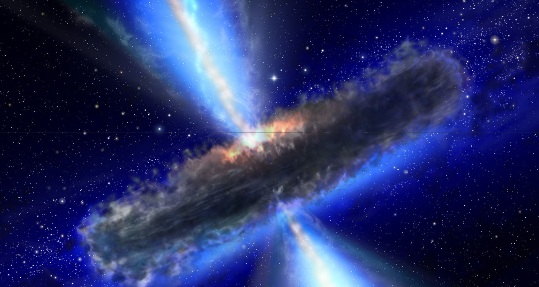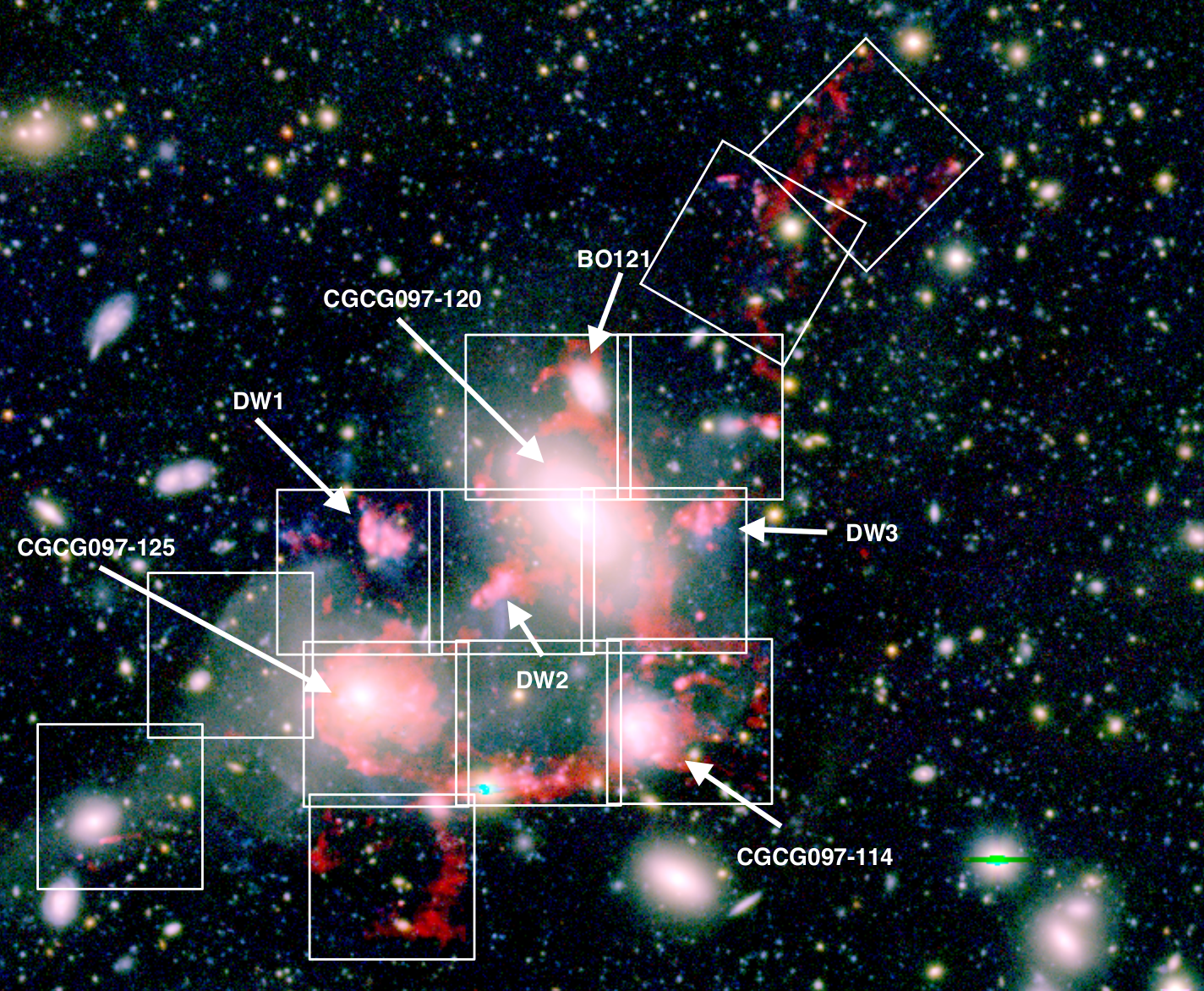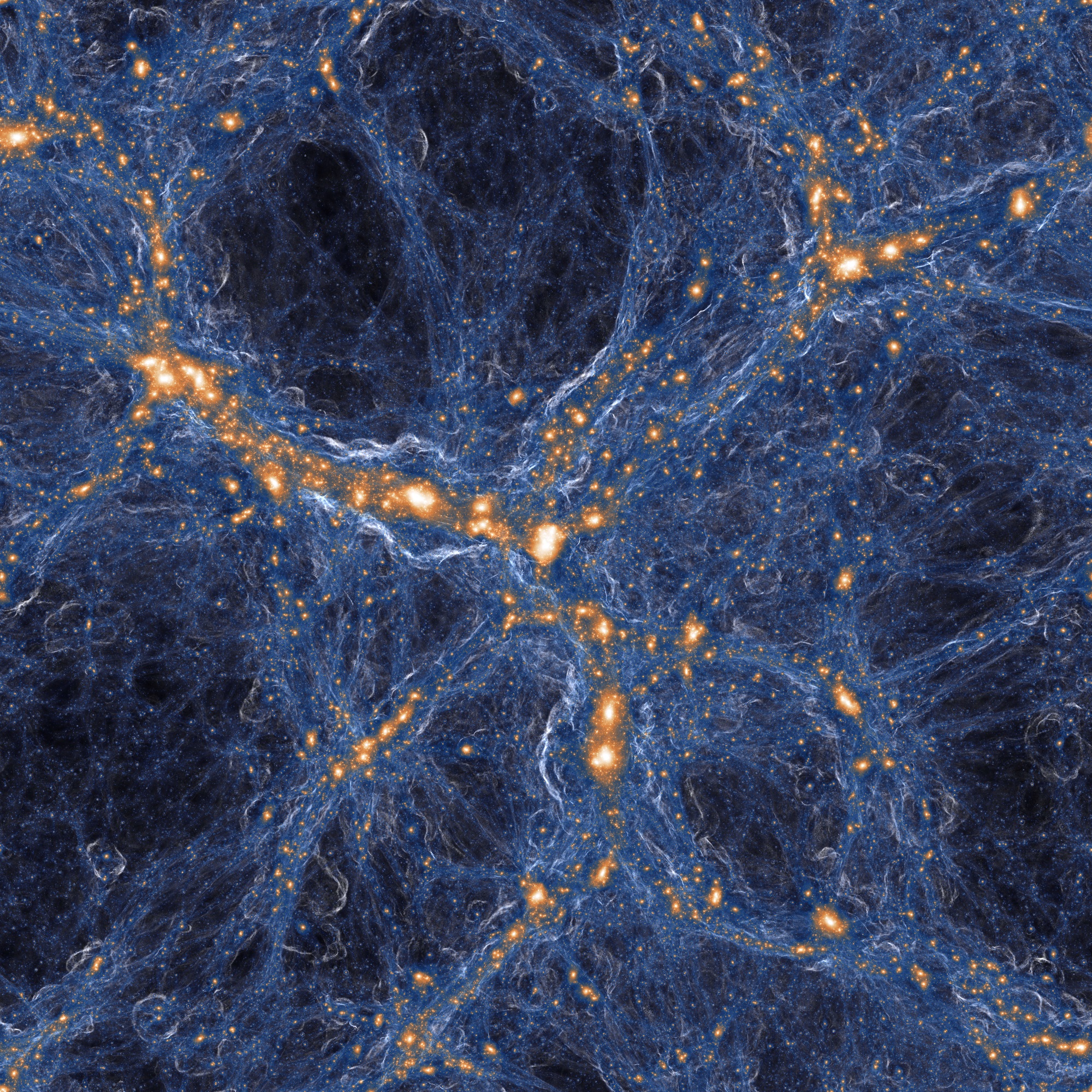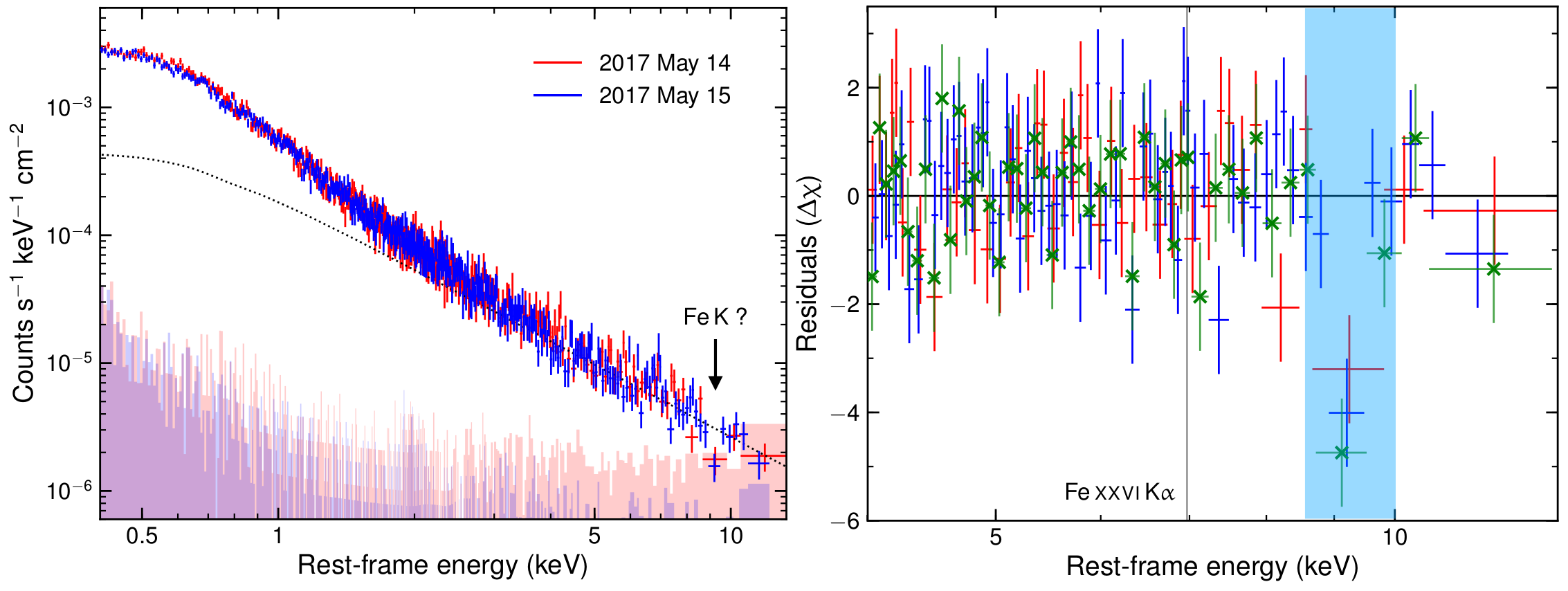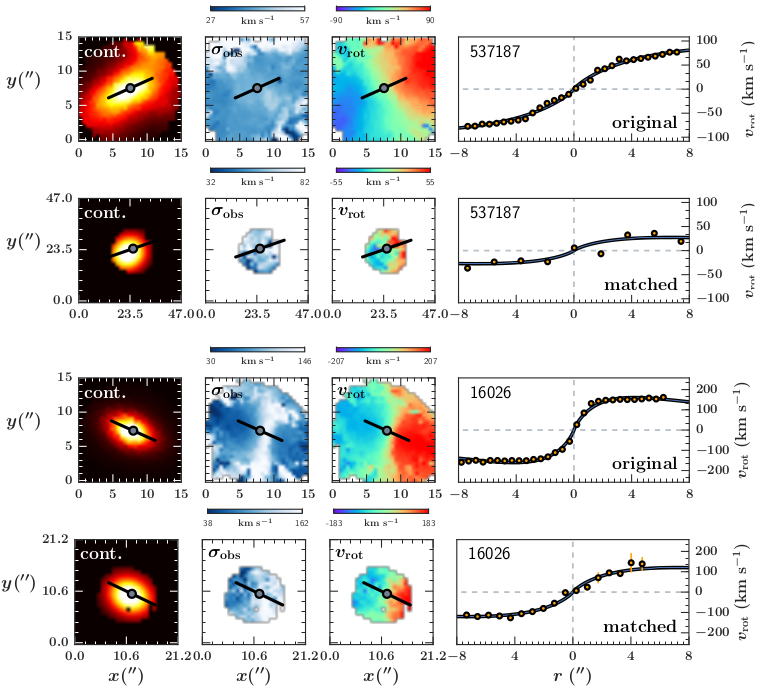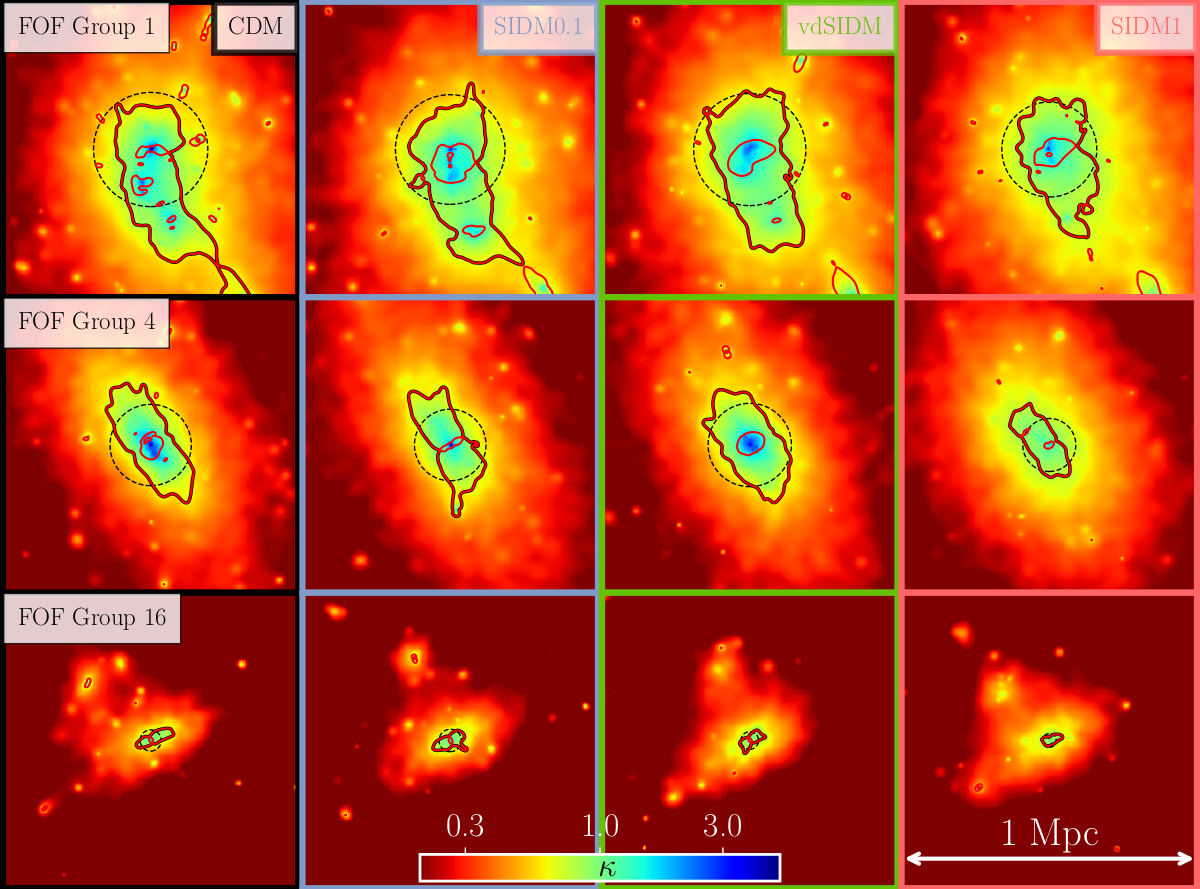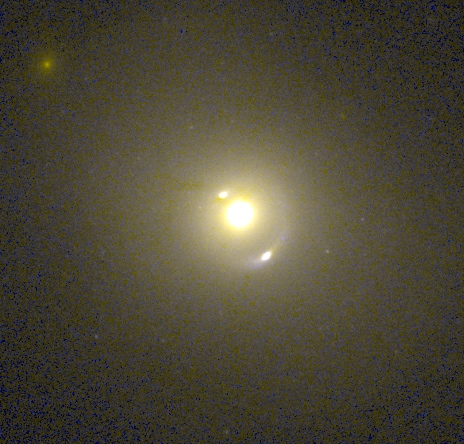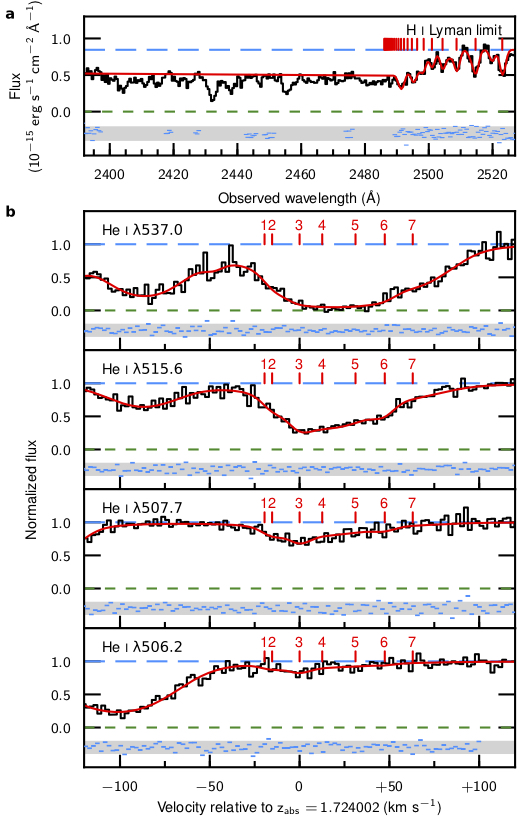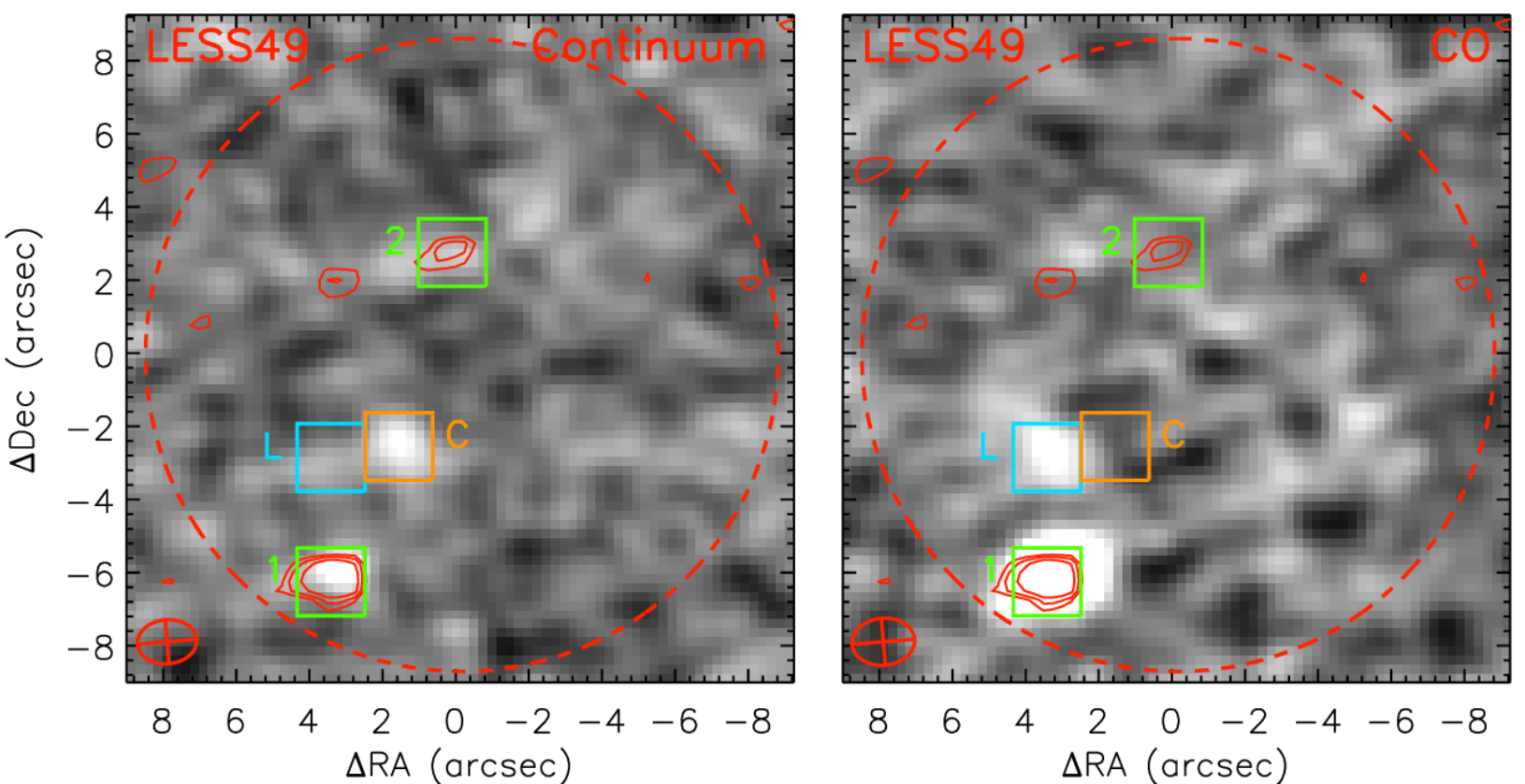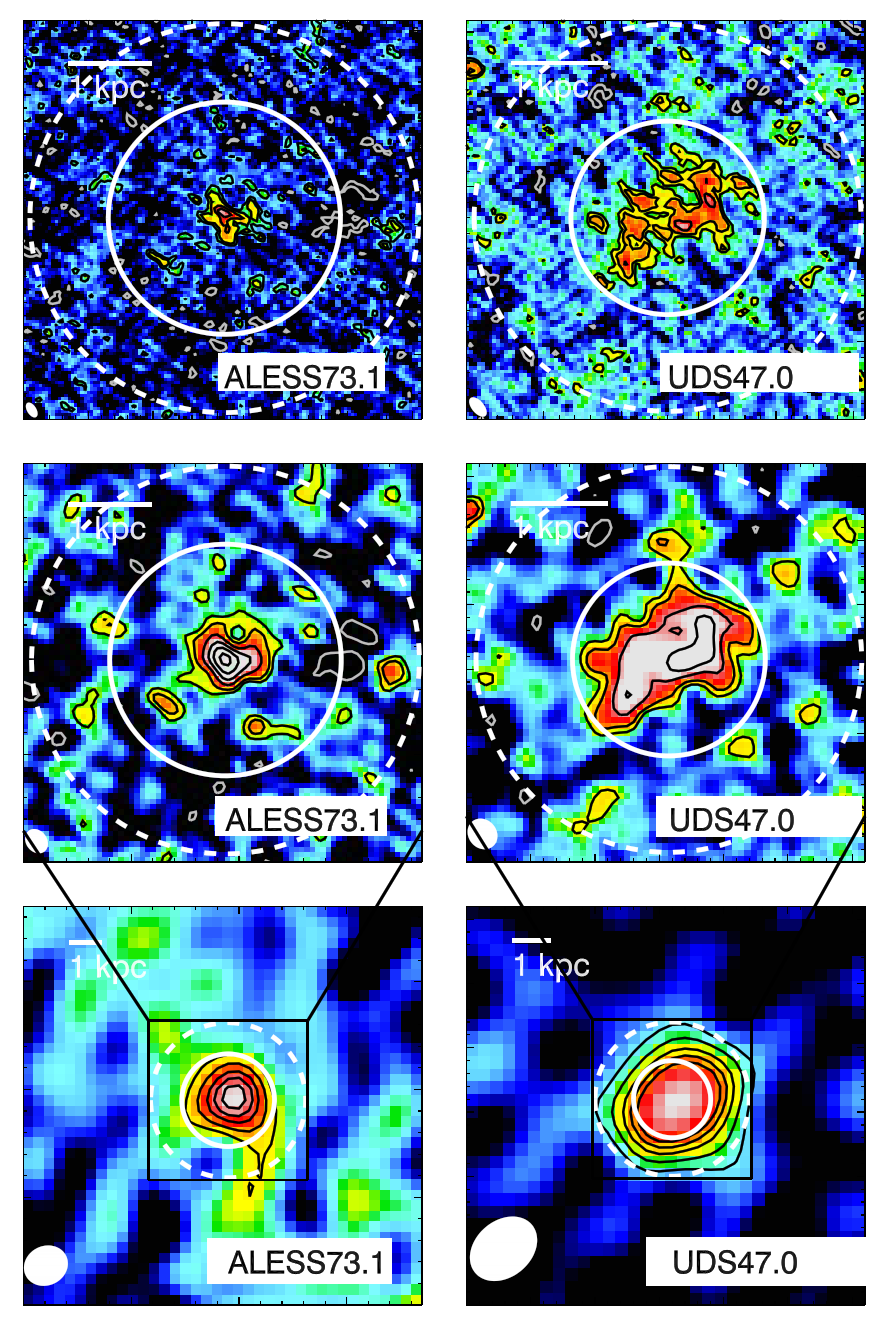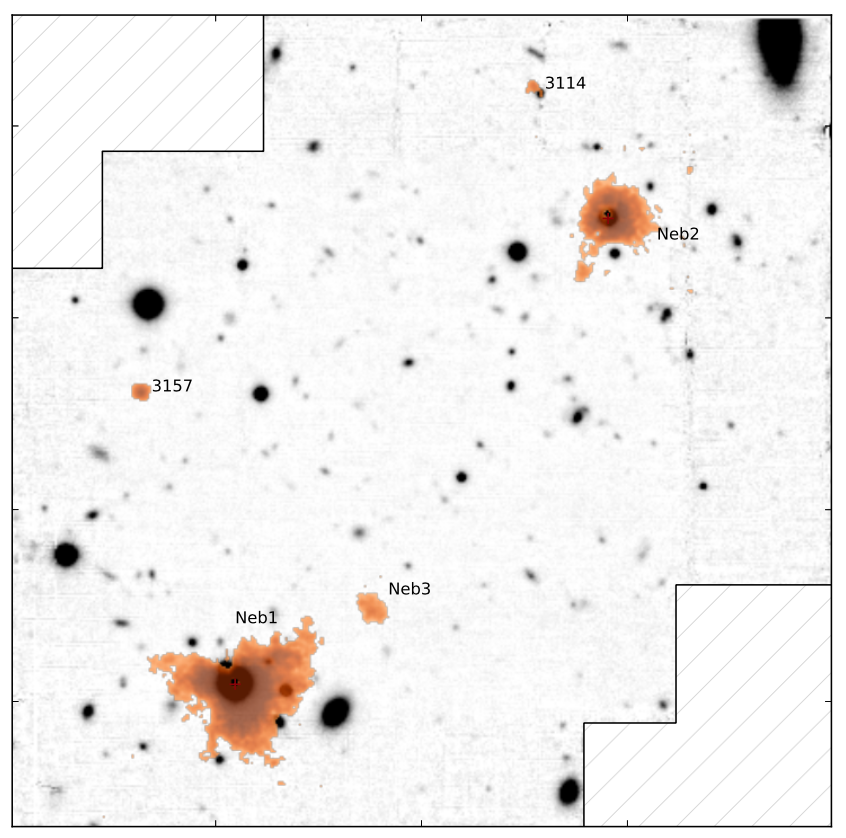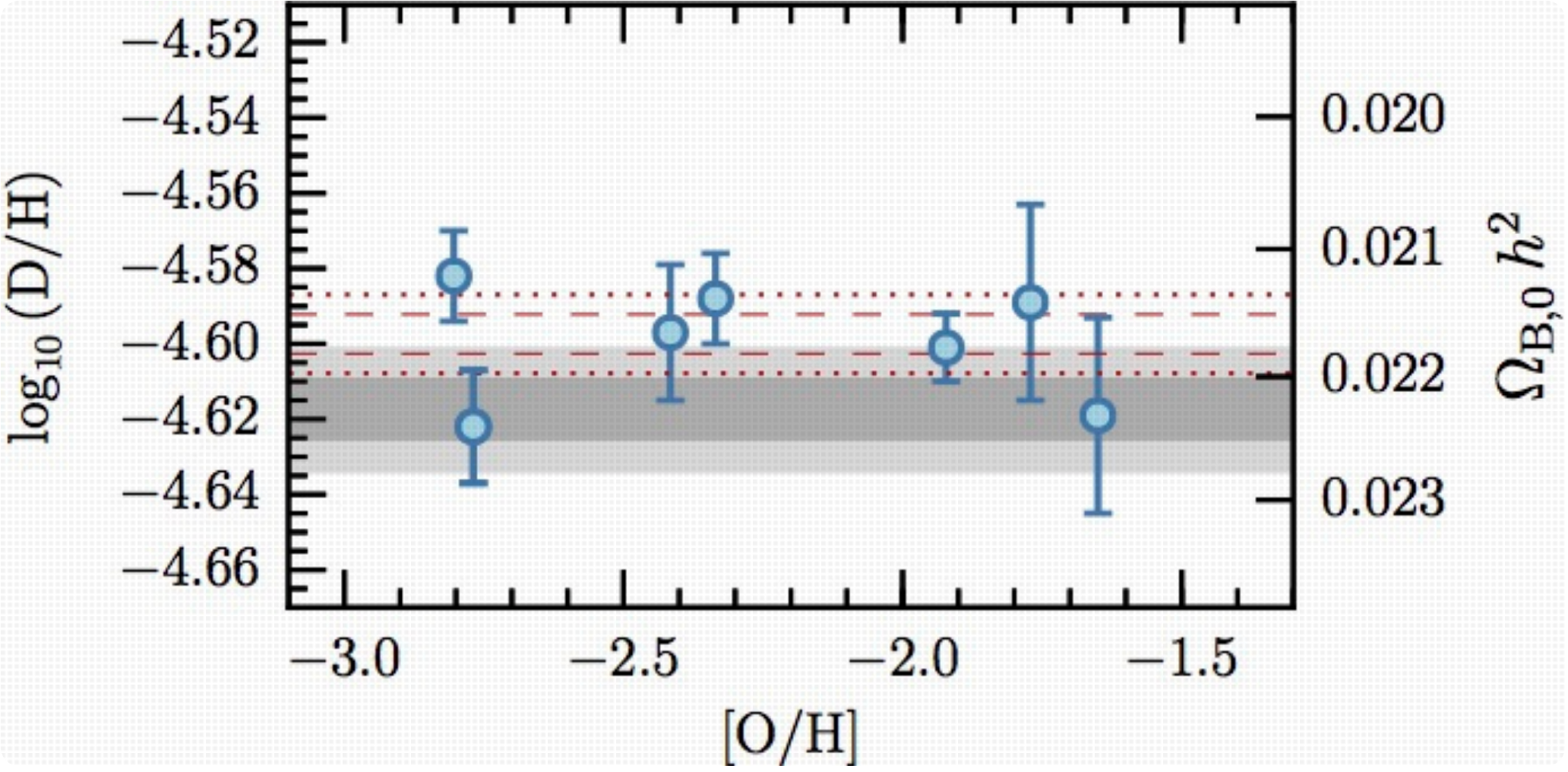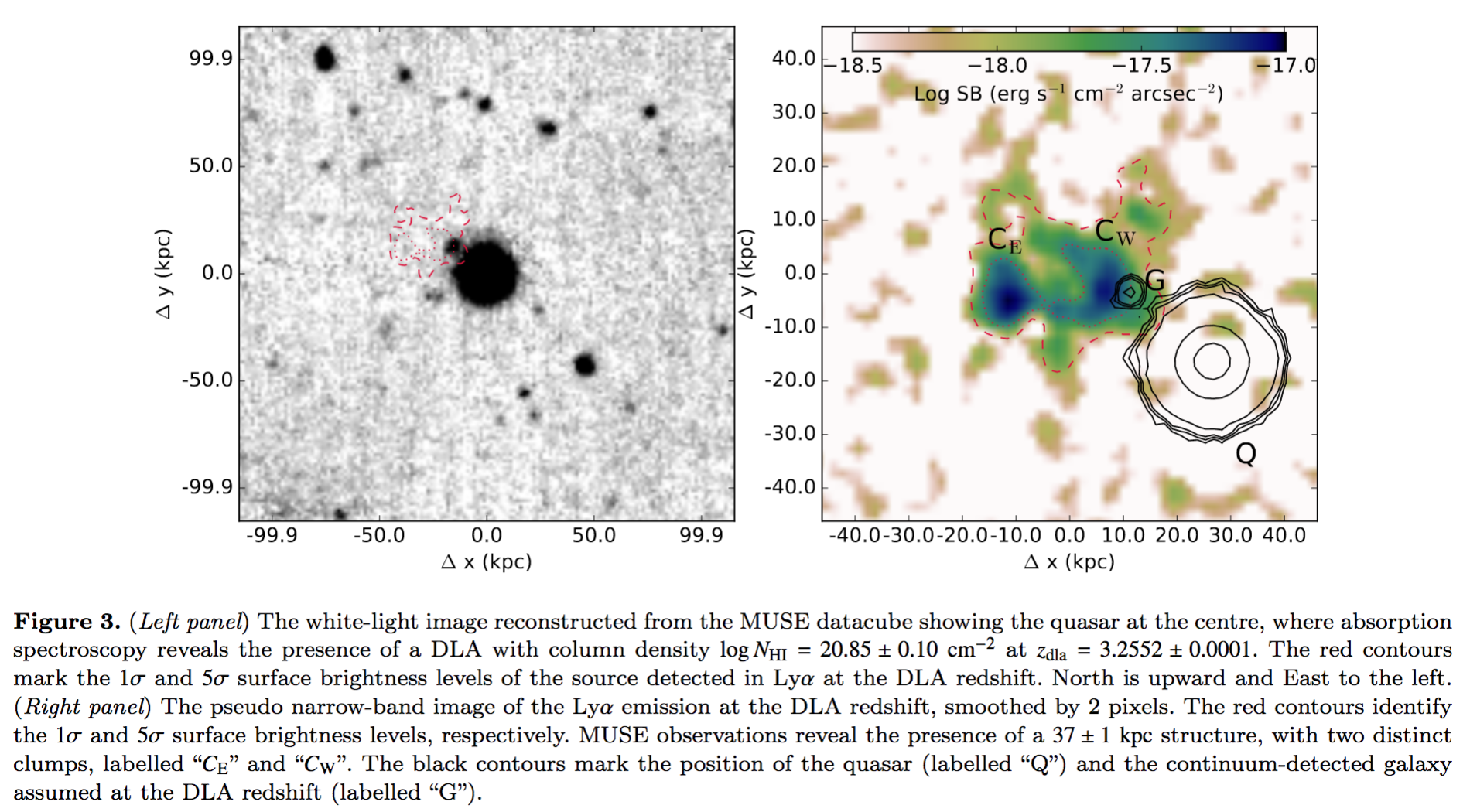Ian Smail, January 2024
A submillimetre survey of massive clusters at high redshifts found overdensities of galaxies with far-infrared luminosities indicative of star formation rates of at least 100 solar masses per year. The integrated star formation rates in the clusters were found to be two orders of magnitude higher th...
Carolina Andonie, November 2023
A recent study conducted by Carolina Andonie from the Centre for Extragalactic Astronomy challenges the traditional model of quasar obscuration. Quasars are extremely luminous, active galactic nuclei powered by supermassive black holes. According to the standard model, their obscuration is primarily...
Zoe Le Conte, October 2023
A new study led by Zoe Le Conte from the Centre for Extragalactic Astronomy has found that stellar bars in a disc galaxy are much more common in the early Universe than previously thought. By analysing data from the Hubble Space Telescope (HST) and the James Webb Space Telescope (JWST), Le Conte and...
Ian Smail, July 2023
Astronomers from the Centre for Extragalactic Astronomy have used the James Webb Space Telescope (JWST), as well as five other observatories, including the Submillimeter Array (SMA), to study two distant galaxies, 850.1 and 850.2. These galaxies were discovered behind a foreground massive cluster wh...
Simone Scaringi, July 2023
Gravitational waves are ripples in the fabric of spacetime caused by the motion of massive objects. They were first detected in 2015, confirming a prediction made by Albert Einstein a century earlier. Since then, scientists have been studying these waves to learn more about the universe. Now, a new ...
Quihan He, January 2023
Strong gravitational lensing offers a compelling test of the cold dark matter paradigm, as
it allows for subhaloes with masses of ~10^9 M⊙ and below to be detected. A recent paper led
by astronomers at the CEA tests commonly used techniques for detecting subhaloes superposed
in images of strongly lensed galaxies....



